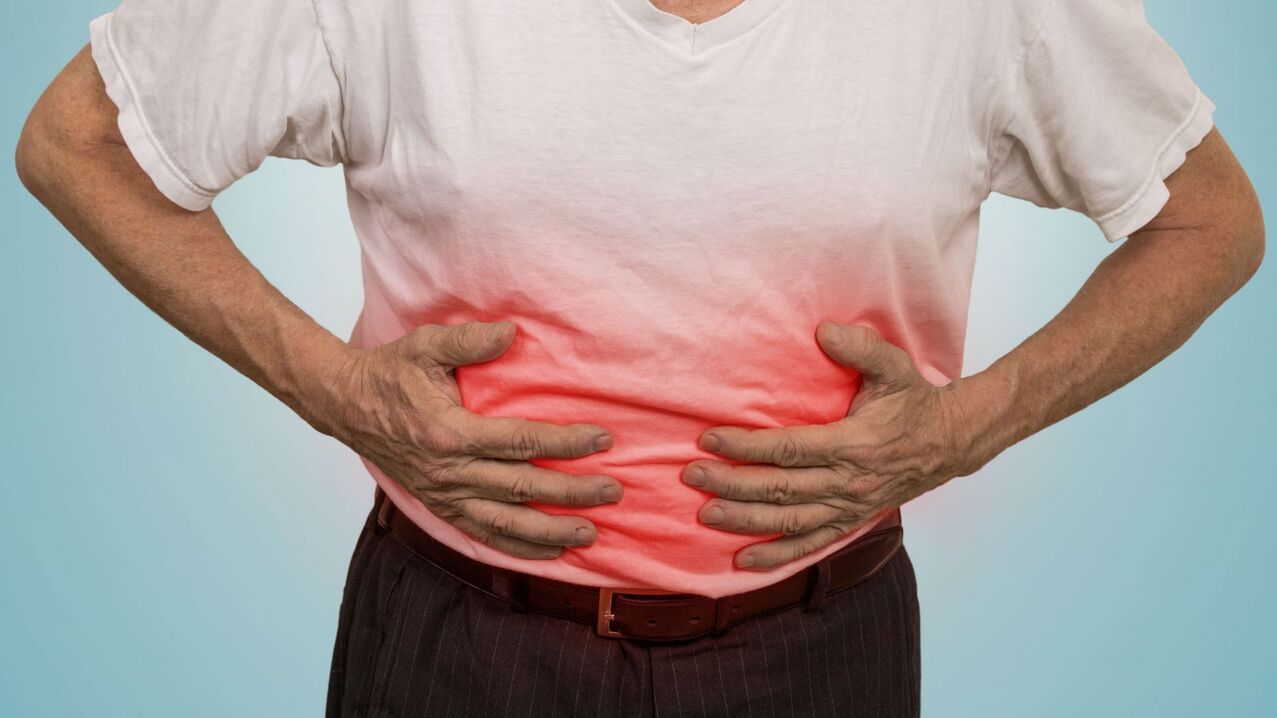
Pancreatitis is inflammation of the pancreas. It produces enzymes involved in the breakdown of proteins, fats and carbohydrates. It also makes insulin and regulates blood sugar levels. Nutritional errors, cravings for spicy and high-fat foods, smoking and alcoholism, uncontrolled drug intake-all these factors can trigger the development of pancreatitis.
How to recognize pancreatitis and which diet patients should follow, we will describe in this article.
How do you know that you have pancreatitis?
Pancreatitis can be acute or chronic. The symptoms vary from form to form.
The acute form manifests as severe belt pain in the upper abdomen. Pain syndrome occurs when you eat greasy food or drink alcohol. Nausea and vomiting started, bowel problems.
In chronic pancreatitis, the pain is located at the top of the peritoneum and radiates to the back, left side of the chest, and lower abdomen. Discomfort can also be observed in the context of eating fat, heavy food, alcohol, and constant stress.
Symptoms of acute pancreatitis:
- Severe and continuous pain around.
- Increased body temperature.
- Blood pressure soars.
- The complexion is pale or yellow.
- Severe vomiting, no relief.
- Constipation, flatulence, salivation.
Symptoms of chronic pancreatitis:
- Stomach aches after eating. Partially or around, extending backwards.
- Heat can cause stomach pain, while cold can relieve it.
- The patient adopts a mandatory posture-knee and elbow posture, or a sitting posture with forward bending.
- Vomiting, diarrhea.
- lose weight.
No matter what form of disease you have-acute or chronic. You need to be selective about the food you eat and stick to your diet.
What diet is suitable for pancreatitis
In order to prevent the worsening of pancreatitis, the following dietary adjustments are recommended:
- Eat 4-5 times a day, and evenly distribute fat-containing foods in the diet;
- Refuse to overeating;
- Balanced diet;
- Limit saturated fat and cholesterol;
- Include sufficient amounts of various plant fibers-grains, vegetables and fruits in your diet;
- Eat a variety of foods low in saturated fat and cholesterol (unrefined vegetable fats are only limited in overweight people).
What products are allowed
It is wrong to think that patients with pancreatitis are "deprived" of delicious and varied food. In fact, the list of allowed foods is quite extensive.
So you can eat:
- Dry white bread, biscuits.
- Vegetable soup with noodles, semolina and oatmeal.
- Lean meat.
- Lean fish, aspic.
- Porridge (buckwheat (paste), oatmeal, semolina, rice).
- Cheese, cereal pudding and casseroles.
- The fat content of milk and fermented dairy products does not exceed 2%.
- Egg.
- vegetable.
- Ripe and non-acidic fruit and berry varieties.
- Butter and vegetable oil.
- Light tea, mineral water, rosehip broth, juice diluted with water in a ratio of 50 to 50).
Food needs to be rubbed, boiled, and steamed. You cannot eat hot or cold food. The optimum temperature is 30-50°C. Don't overeating, eat in divided portions.
Which food should be discarded?
Deterioration occurs when nutrition and intake are disturbed:
- Greasy, fried foods,
- Hot spices,
- Lots of raw vegetables, fruits,
- Muffins and sweets (cakes, pies, pastries),
- Alcohol,
- Carbonated drinks,
- Whole milk
Sample menu for patients with pancreatitis
- breakfast: Milk porridge/milk noodle soup/boiled noodles. milk tea. Dry bread.
- dinner: Vegetable puree soup, white rice/mashed potatoes, boiled fish/meat. Tea.
- Afternoon snack: Curd casserole, jelly/jelly.
- dinner: Olive oil vegetable salad, boiled meat/fish, jelly.
Snacks needed. Eat baked apples, low-fat cheese, and biscuits between meals.
Please note that medication and diet are equally important. Nutritional therapy restores the pancreas to normal and prevents the disease from getting worse. In this case, do not self-medicate! If you have symptoms of pancreatitis, see your doctor.
































































